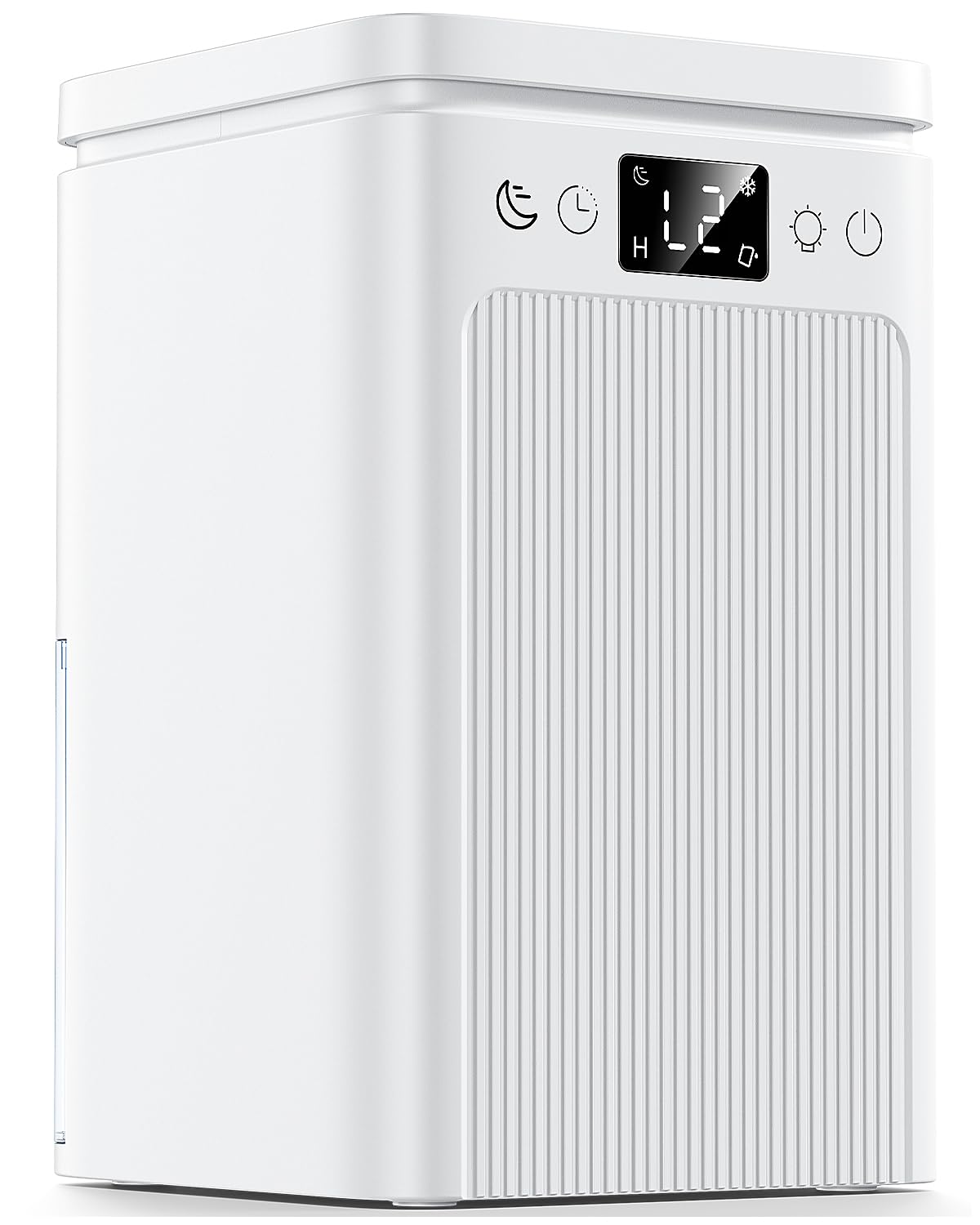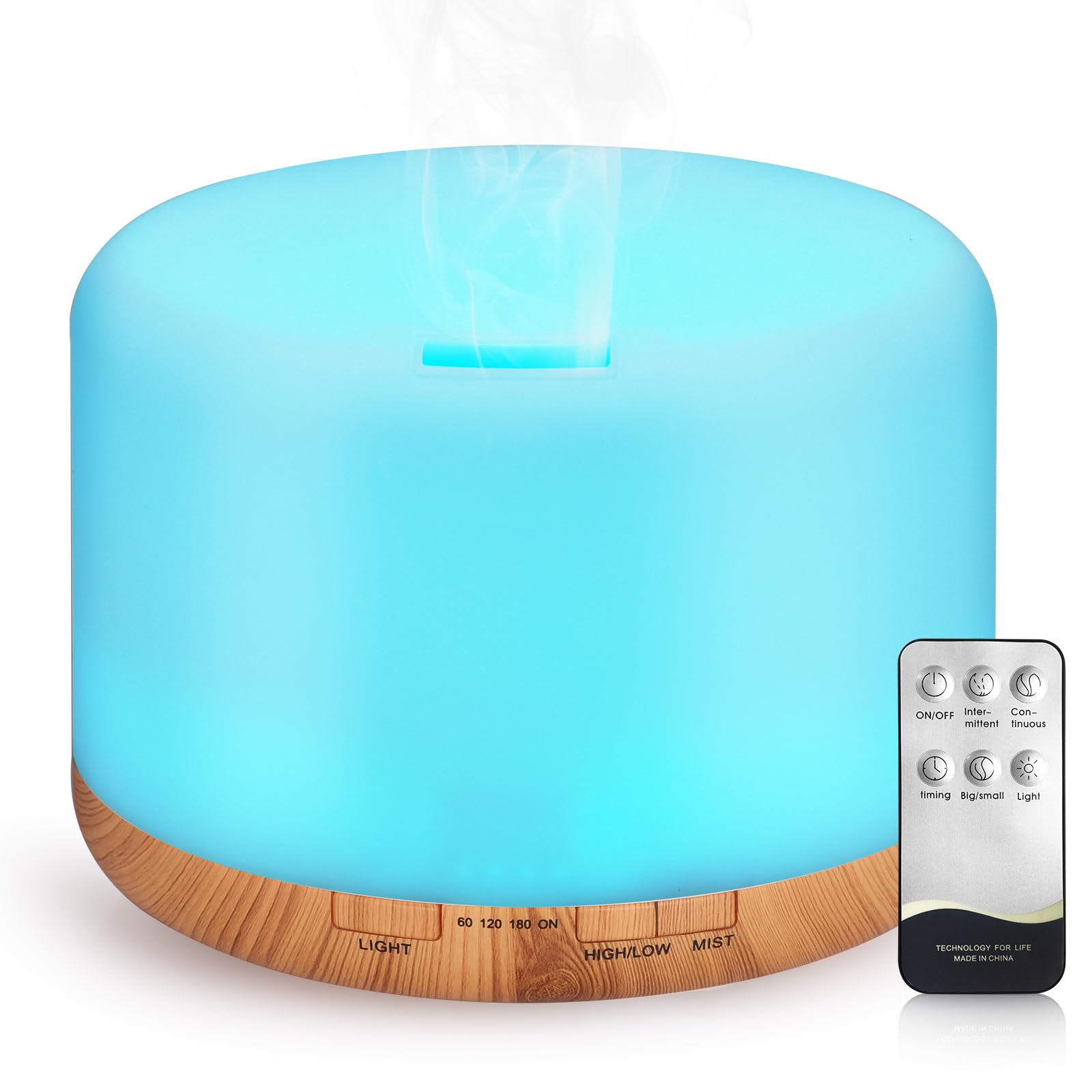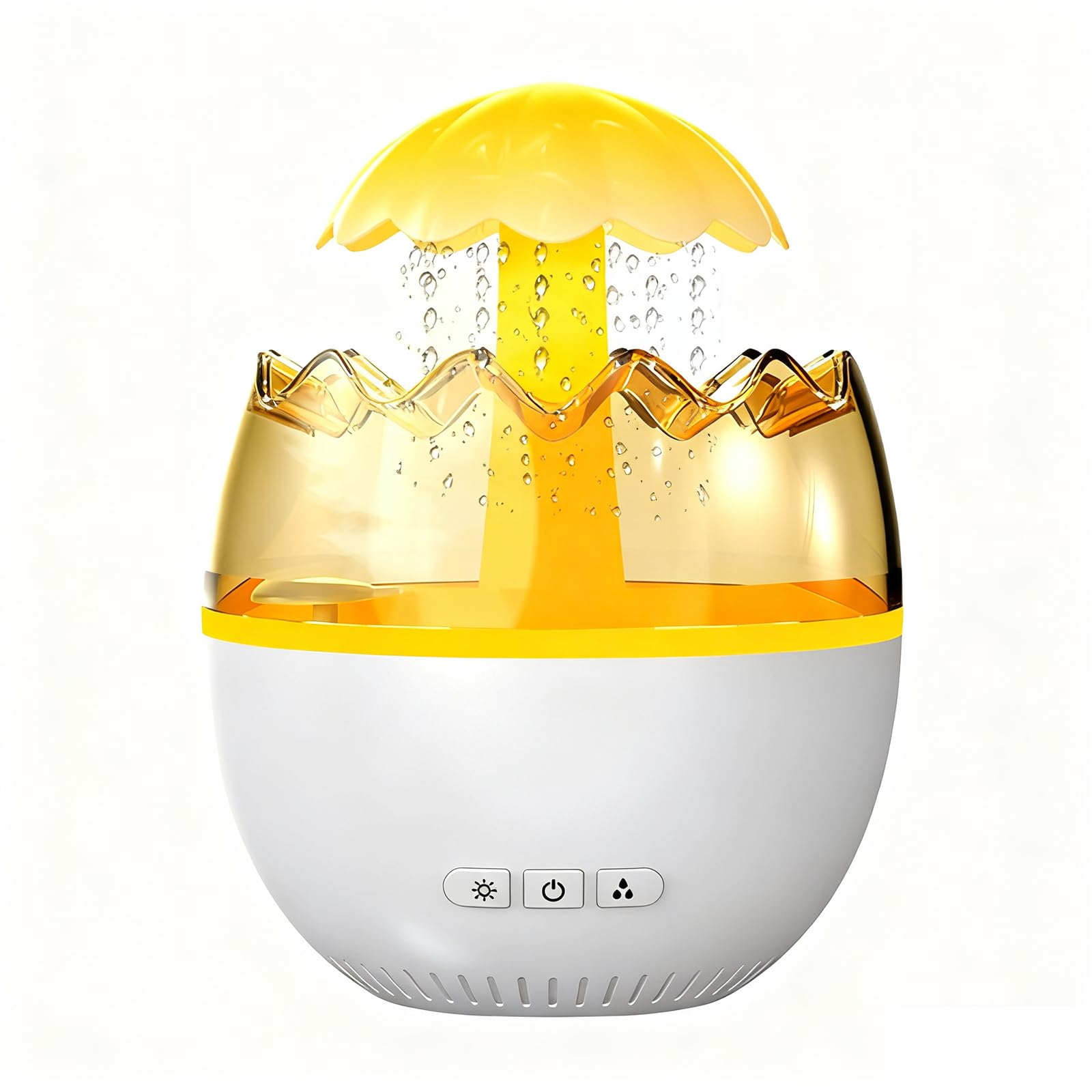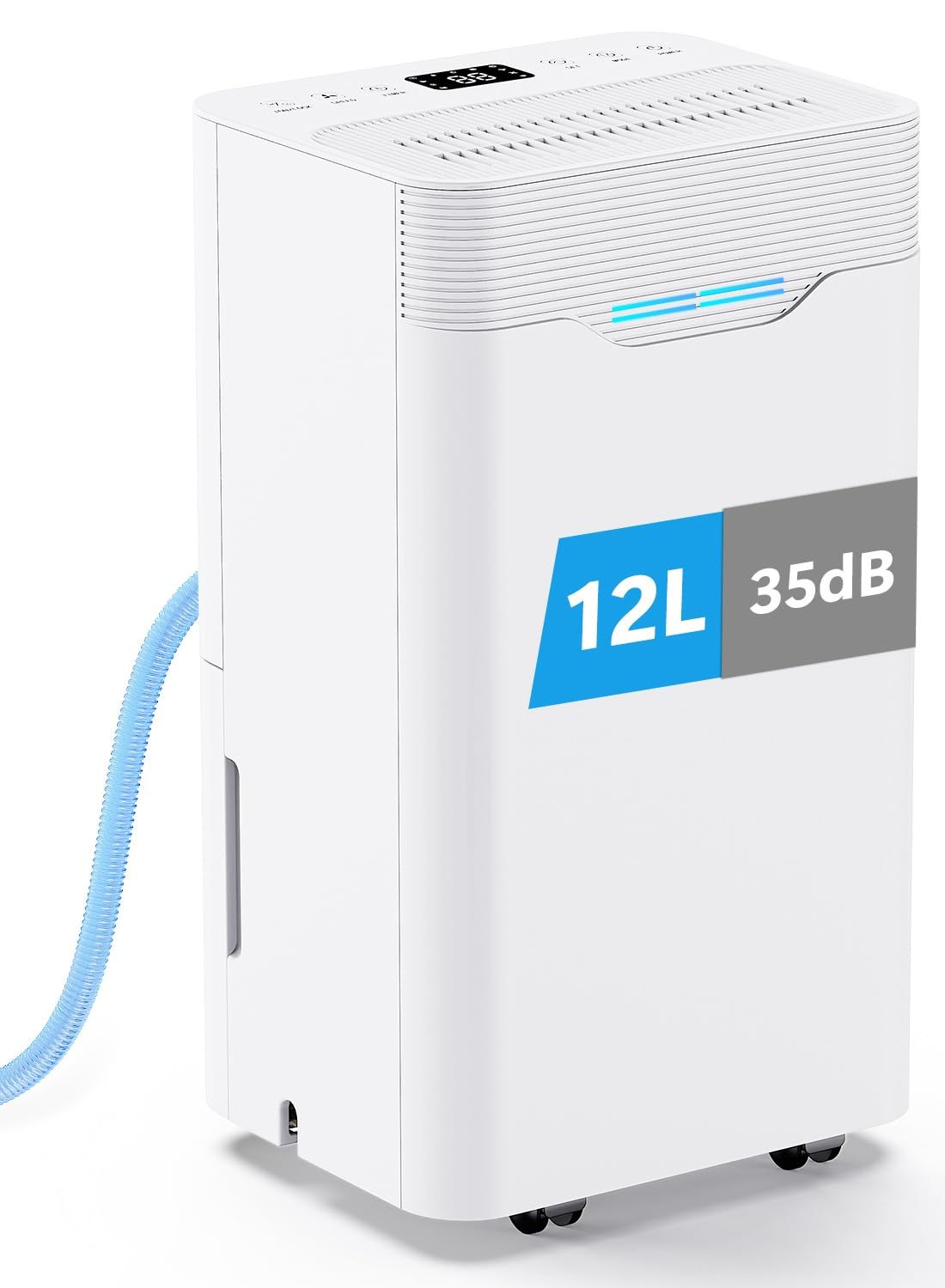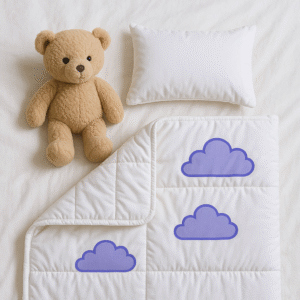Drying clothes with a dehumidifier is a practical way to cut drying time and reduce energy costs in UK homes, especially in winter when outdoor drying is not an option. Done right, you can avoid damp smells and reduce condensation while spending far less than you would on a tumble dryer. This guide shows the best placement, modes and timing to dry laundry faster, plus small tweaks that make the process cheaper and kinder to your home.
Dry bedrooms benefit from humidifiers sized for the space.
Use Laundry Mode and Higher Fan Speeds
Many dehumidifiers include a laundry or turbo mode that runs the fan and compressor at higher levels to pull moisture out of the air quickly. Use this mode for the first two to three hours when washing comes indoors. If your model lacks a laundry mode, set the target humidity low and run the fan on high. Once items feel mostly dry, step down to a mid setting to finish without over drying the room.
Best Placement with an Airer
Place the dehumidifier in the same room as your clothes airer, about one to two metres away, with the air intake facing the clothes. Leave space around the unit so air can circulate. Do not press the back of the unit against a wall. If possible, close windows to prevent humid outdoor air from entering, and leave the door ajar so dry air can flow to nearby rooms. Rotate the airer occasionally so thicker items face the intake.
Time Expectations
Drying time depends on fabric weight, room temperature, the dehumidifier’s extraction rate and fan speed. A good guideline is three to five hours to get most mixed loads bone dry. Towels and thick cotton can take longer. Speed increases in warmer rooms, so keep the room at a modest, stable temperature if you can. A small space with the door mostly closed and the dehumidifier close to the airer is the most efficient setup.
Tank Handling and Continuous Drain
Empty the tank when full to keep performance high. If you have a floor level drain or a nearby sink, use a continuous drain hose so the unit can run unattended. This is helpful overnight and during work hours. Ensure the hose runs downhill without kinks so water does not back up into the unit.
Reduce Damp and Condensation
Drying clothes indoors raises humidity, which can lead to condensation on windows and damp patches on walls. Using a dehumidifier near the airer captures moisture before it spreads, which protects your home. If you regularly see condensation while drying, keep the unit running until RH falls below 55 percent, then open a window briefly to refresh the air.
Energy Tips
Dehumidifiers use far less energy than a tumble dryer, but you can save more by drying smarter. Spin clothes at higher speeds in the washing machine so less water needs to evaporate. Space clothes on the airer so air can flow between them. Use hangers on the top rail for shirts to increase exposure to moving air. Switch from laundry mode to a mid setting after the initial push to finish efficiently. Some desiccant units feel warm at the outlet; point that air stream at thicker items to help them dry faster.
Safety and Comfort
Keep the dehumidifier stable and away from trip hazards, especially when a drain hose is attached. Avoid placing the airer or unit where they block escape routes. If the room feels stuffy, crack a window briefly between drying sessions rather than during, which lets the machine capture moisture efficiently before venting stale air.
FAQs
Strong extraction and clear laundry modes feature in dehumidifiers that dry clothes quickly. Cleaner air during high‑airflow sessions often comes from a sealed‑filter air purifier.
Does a dehumidifier cost less than a tumble dryer? In most cases yes. Dehumidifiers draw far less power. Actual savings depend on your tariff and the model’s efficiency, but many households see clear reductions.
Where should I place the dehumidifier? One to two metres from the airer with the intake facing the clothes and space around the unit. Close windows while drying and leave the door ajar.
How do I avoid musty smells? Start drying promptly after washing, use higher fan speeds at first, and keep running until humidity drops below about 55 percent. Air the room briefly between loads.

